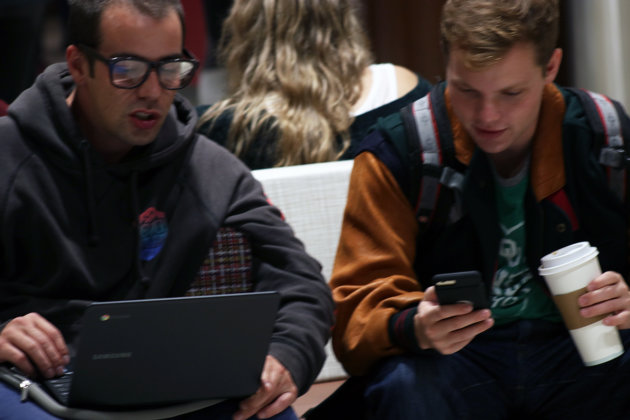
Whether you’re gaming, socializing or doing business, most online interactions let participants give only as much information as they are willing to disclose, pre-selected from whatever fits their needs at the time. Conversations are scripted, intimacy can only be measured by words, and any emoji remains too static to even make a half-baked replacement for a human face.
Online, you remove the human element from the equation that is normally present in face-to-face conversation. With no physical body, there is no body language to gauge a person’s intentions, and with information selectively disclosed, it makes it easier to retain anonymity and vagueness. The result is a world of people behind screens who can potentially get away with saying anything, and their peers in their physical social circles would be none the wiser. This naturally leads to messy, unpleasant social interactions, like cyberbullying.
The notion of all this premeditated information can also take a toll on real-life behavior: constantly shifting the thought process between all the outlets of communication, micromanaging what details and formatting to include in a text message, keeping track of hashtags on Twitter, conflating studying resources with other distractions online. It can make the brain lose focus.
This can be done anywhere, too, given the sophisticated programming of mobile devices. Strolling down the street, sitting down for a bite and even having a walk-and-talk with a friend can be made difficult with these micromanaging attitudes, especially with notification sounds enabled.
At its core, the internet is a tool. Like most tools, it can either create or destroy. Ultimately, what a tool can do should be taken into equal consideration alongside what people will do with that tool. Computers and humans both have brains, but only one holds the power to judge intentions.
































